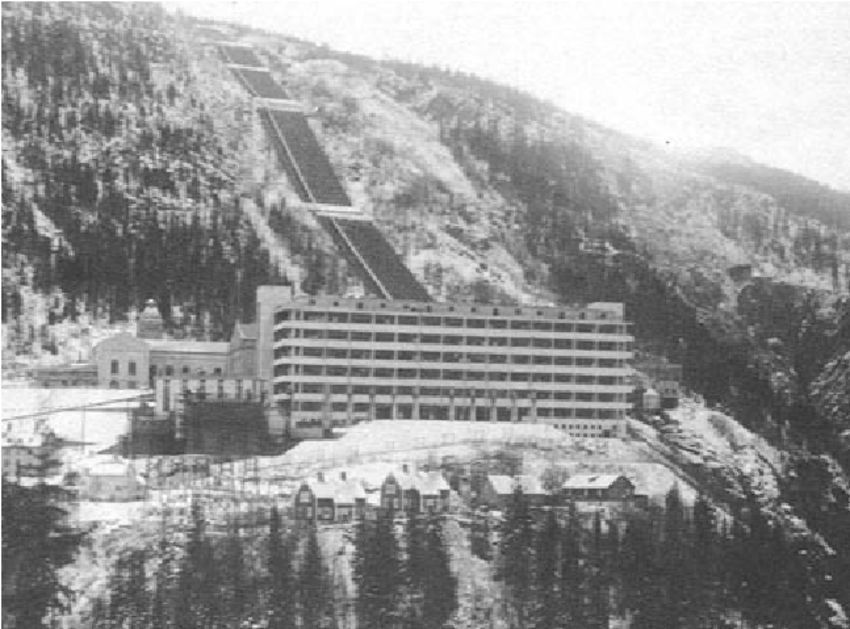Featured image: Vemork hydroelectric plant, Norway by Max Wilbert / Deep Green Resistance “The tough gangster type of detective fiction was of little use [in underground operations], and, in fact, likely to be a danger. Help and support to the Norwegian resistance could only be provided by [people] of character, who were prepared to adapt themselves and their views—even their orders at times—to other people and other considerations, once they saw that change was necessary. Common sense and adaptability are the two main virtues required in anyone who is to work underground, assuming a deep and broad sense of loyalty, which is the basic essential.” – Colonel John S. Wilson, leader of the Norwegian Section of the Special Operations Executive in British Exile during WWII
Thomas Gallagher’s 1975 book “Assault in Norway: Sabotaging the Nazi Nuclear Program” details a Norwegian-British covert operation carried out over the winter of 1942-43. I recommend this book for revolutionaries and serious activists, as it contains many details of how serious clandestine operations should be carried out, how to utilize intelligence and scouting, secure communications, subterfuge, proper use of terrain and other tactical advantages, and more.
The story revolves around the nuclear arms race. By 1942, U.S. and British nuclear physicists had discovered that creating an atomic bomb was a scientific possibility. This frightened them to no end, since they knew well that Germany had the most advanced nuclear research program on the planet.
Assuming that Germany had at least a 2-year research advantage, they began to look for vulnerabilities in the Nazi research program that could slow their progress toward a bomb.
A key element in this early nuclear research was “heavy water”—an isotope of standard water that can only be isolated and concentrated through the use of vast amounts of electricity. At the time, the only plant in Europe capable of creating significant amounts of heavy water was at the Norsk Hydro plant at Vemork, in Nazi-occupied Norway.
Hoping to stop the flow of heavy water in Germany, British and Norwegian-exile military intelligence hatched a plan to sabotage the Vemork plant and destroy the stockpiles of heavy water held there.
Vemork was situated in a natural fortress, located in a steep mountain valley perched on a ledge on a nearly sheer cliffside. Aerial bombing would almost certainly fail, so the plan they devised was to be carried out on foot.
In October 1942, four Norwegians tasked with reconnaissance and preparation parachuted onto the Hardanger Plateau, at the time 3500-square miles of wild, virtually inhabited land. They survived there for five frigid months, eating reindeer moss and the reindeer themselves, scouting the Vemork site, detailing the habits of guards and workers, and assessing approaches to the plant. Aided by a sympathetic local population, including workers at the plant, they gathered detailed intelligence on the location.
In February, six more men parachuted into the region. They connected with the original team and created a detailed sabotage plan, which they then carried out. I won’t share any more details here, as the harrowing story is worth reading in full.
Unlike many other World War II narratives, this is not a run-and-gun firefight story. It is a story of minute planning, survival and travel in a harsh environment, and precision action carried out using terrain advantages and intelligence-driven decision making.
As such, it is an ideal story for those of us engaged in asymmetric struggle to study.
Max Wilbert is a third-generation organizer who grew up in Seattle’s post-WTO anti-globalization and undoing racism movement, and works with Deep Green Resistance. He is the author of two books.
